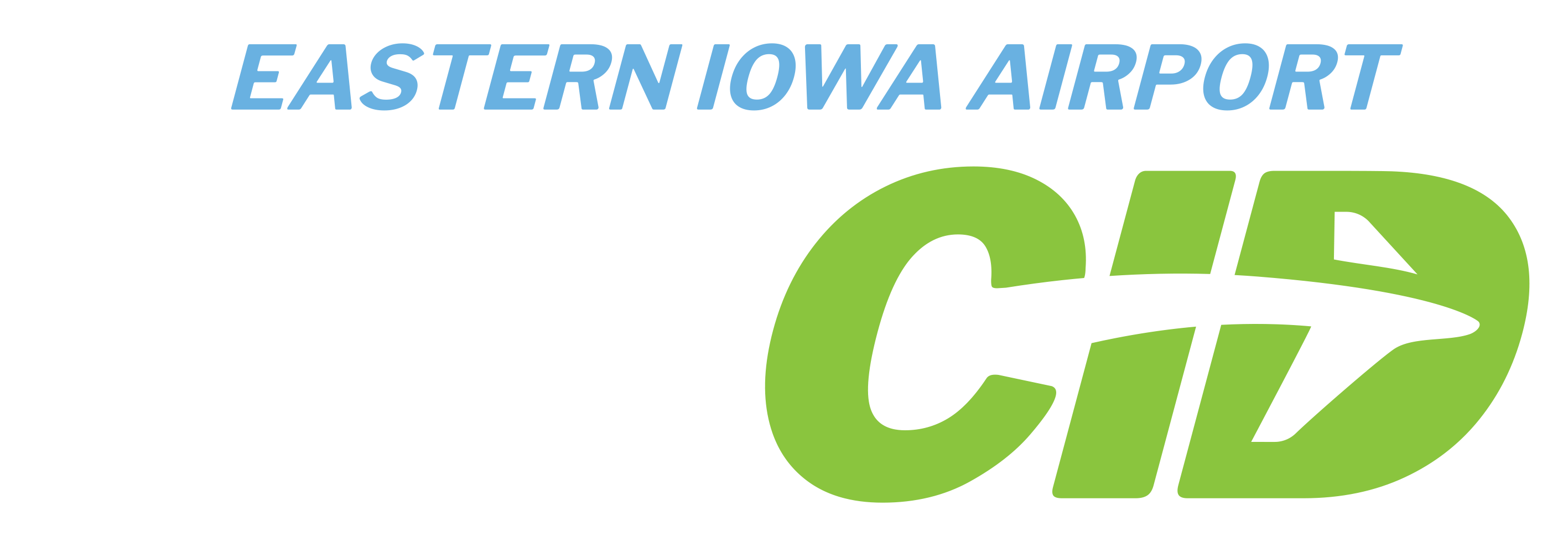FOR IMMEDIATE RELEASE
Press Event:
When: May 22, 2015 at 10:30 am
Where: Follow signs to Federal Express entrance at The Eastern Iowa Airport, then follow signs to Event Parking
Who: The Iowa State University STRIPS team, Pheasants Forever, and The Cedar Rapids Mayor Ron Corbett will be at The Eastern Iowa Airport to plant the native prairie strips as part of the STRIPS project
Why: Establishing test field to determine the environmental benefit through reduced nutrient runoff of planting prairie strips in traditional row crop fields.
The Eastern Iowa Airport has become a test field for Iowa State University’s STRIPS project, Science-based Trials of Rowcrops Integrated with Prairie Strips
Cedar Rapids, IA: As one of the largest farms in Linn County, The Eastern Iowa Airport is concerned with being a part of the solution to the nutrient runoff problem in Iowa. One of the challenges the airport faces in determining how to best address nutrient runoff on its farmland was the lack of data to determine what the runoff is and what impact actions have on reducing the nutrient loss. This is particularly poignant given the City of Cedar Rapids’ emphasis on the Middle Cedar Partnership Project.
“This project fit well with the overall efforts the City of Cedar Rapids is taking in improving water quality,” Said Ron Corbett, Cedar Rapids Mayor. “We have formed the Middle Cedar Partnership Project (MCPP) to work with local conservation partners, farmers, and landowners north of Cedar Rapids to install best management practices to help improve the Cedar River Watershed and water quality in Cedar Rapids. The airport projects address our responsibility to those communities further down the Cedar and Iowa Rivers. The state of Iowa has implemented the Iowa Nutrient Reduction Strategy requiring a 45 percent reduction in nitrate and phosphorus coming out of Iowa. We all have to work together to accomplish that goal.”
Iowa State University’s research team for STRIPS — Science-based Trials of Rowcrops Integrated with Prairie Strips — established experimental study sites in central Iowa at the Neal Smith National Wildlife Refuge in 2007. They converted 10 percent of the row-crop land to native prairie strips. During the 2007 to 2012 trial period, the team found that this 10 percent conversion to prairie reduced sediment export by 95 percent, total phosphorus export by 90 percent, and total nitrogen export by nearly 85 percent when compared to the losses from the 100 percent row-crop, no-till watersheds.
The STRIPS team is expanding the research to six new sites across the state, including one at The Eastern Iowa Airport. A 100-acre section of land was identified for the study. The land will be divided into a test field and a control field with measurement tools put in place to test the outflow from both fields. Approximately 10 percent of the test field will be planted with native prairie strips.
“This project is very exciting and holds tremendous potential to strength the Eastern Iowa Airport’s environmental stewardship efforts. ,” said Marty Lenss, airport director. “We look forward to working with Iowa State University to make this project a reality.”
The partnership is mutually beneficial. “Working with The Eastern Iowa Airport provides the STRIPS team with increased visibility for our science and the prairie strips practice,” said Dr. Lisa Schulte Moore, associate professor of natural resource ecology and management at Iowa State University and co-lead researcher on the STRIPS project. “A lot more people will be able to see the prairie strips practice in this location. They also will have a better sense of the effort associated with STRIPS when they see our monitoring equipment in the field and our scientists out collecting data.”
Pheasants Forever will provide the seeds for the prairie strips. Along with the benefits of nutrient runoff reduction, introducing prairie strips back into the Iowa landscape has habitat benefits as well. Prairie strips provide habitat for a diverse community of beneficial pollinators such as bees and butterflies, and the STRIPS sites support several species of insect predators that can potentially reduce insect pests of corn and soybean.
This partnership will provide data on the impact prairie strips have on a crop farming operation. Since the airport land is at the top of the watershed, the data will be an accurate account of what the impact is to nutrient runoff. With the data, the airport will be able to make more educated decisions about managing nutrient runoff and what the true impact will be of those efforts.

